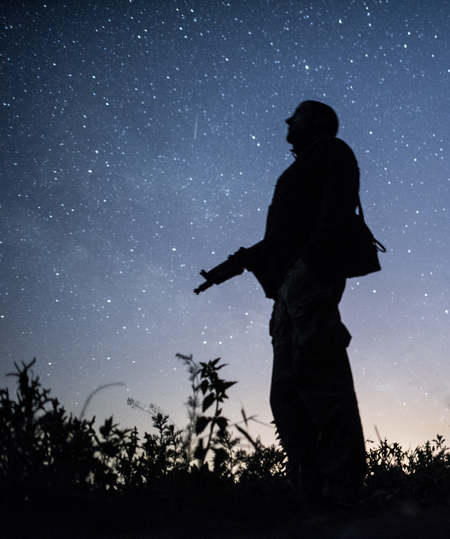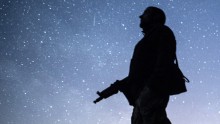Another round of the Trilateral Contact Group talks was held in Minsk on October 5. It was its first meeting after the signing of the framework decision on the withdrawal of forces and equipment in three pilot areas of the Donbas: Stanytsia Luhanska, Zolote, and Petrovske. Previously, militants of the so-called Donetsk and Luhansk “people’s republics” failed to attend the video conference which was originally scheduled for September 30 and then postponed to October 3. Clause 5 of the Framework Decision provides for a videoconference to be held “with a view to the immediate cessation of violations of this Framework Decision.” Accordingly, the Ukrainian side raised the issue of the regime of silence violations by the “Particular Districts of Donetsk and Luhansk Regions” as a key topic at the Minsk meeting.
Once the Framework Decision was signed, the media published many different assessments of it offered by journalists, experts, and even government officials. Details of the “agreement” were explained by Ukrainian representative in the security working subgroup of the Trilateral Contact Group Yevhen Marchuk on Facebook.
1. Three sectors are located on the line of contact not “in” but “in the vicinity of populated areas.”
2. These sectors comprise no populated places or power plants.
3. In the center of two sectors: a ruined bridge over the river Siverskyi Donets (Stanytsia Luhanska) and a checkpoint near Zolote closed due to shelling. The goal is to repair them and bring into action.
4. The two sides are to withdraw their troops 7 days after the full cessation of fire only in these (!!!) sectors, not along the entire front line, simultaneously and in a mirror-like manner (!!!), i.e., one in front of another, with participation and continuous (!!!) control by OSCE Special Monitoring Mission and Joint Coordination and Control Center (JCCC) patrols, one kilometer from the line of contact and one kilometer to the left and to the right. In other words, it is a two by two kilometers square.
5. OSCE is to continuously monitor these sectors by means of, among other things, night vision cameras.
6. Should either of the sides commit any violations (they are described in detail) at any time, OSCE and the JCCC will take a number of measures (they are also described), including, if necessary, an urgent return of the troops to the initial positions.
7. As the distance of one kilometer allows the two sides to reliably and independently control the territory, also by means of fire, any “surprise” of the opposite side is impossible.
8. The forward edge of these sectors is reliably mined by both sides. Under a stable ceasefire, access roads to the bridge and the checkpoint can be cleared of mines.
9. Should one of the sides try to use the repaired bridge for military purposes, it will take a few minutes to put it out of order at a distance like this.
10. Withdrawing the troops in these sectors has, above all, a humanitarian goal and is in fact a pilot project. It must be checked in practice whether this can work and what should be taken into account further on.
11. None of the Ukrainian negotiators shows a naive boy-scout-style optimism that things will go the way it is being planned. Both sides’ mistrust exceeds the limit.
What is the better option: to do nothing and wait until all the Donbas problems are resolved to Ukraine’s satisfaction, or to try and de-weaponize the frontlines a bit? Where are Tornado, Smerch, Uragan, Pion, and Tochka-U launchers now? Have they moved away from the line of contact on their own accord?

Photo by Yevhen MALOLIETKA
The Day criticized the Normandy format and Minsk talks scenarios from the very beginning, but for various reasons, they have come to pass. Accordingly, we must proceed today from the facts of the matter, the more so that the Russian aggressor constantly violates and fails to comply even with these agreements. Its goal is to force the Russian World-infected part of the Donbas onto Ukraine, but retain the control of it, and thus block any movement towards Europe or development in general in this country. It is not surprising, therefore, that Russia has effectively blocked the last Framework Decision as well. The night of October 4-5 alone saw the militants violating the regime of silence and firing on Ukrainian soldiers as many as 68 times.







